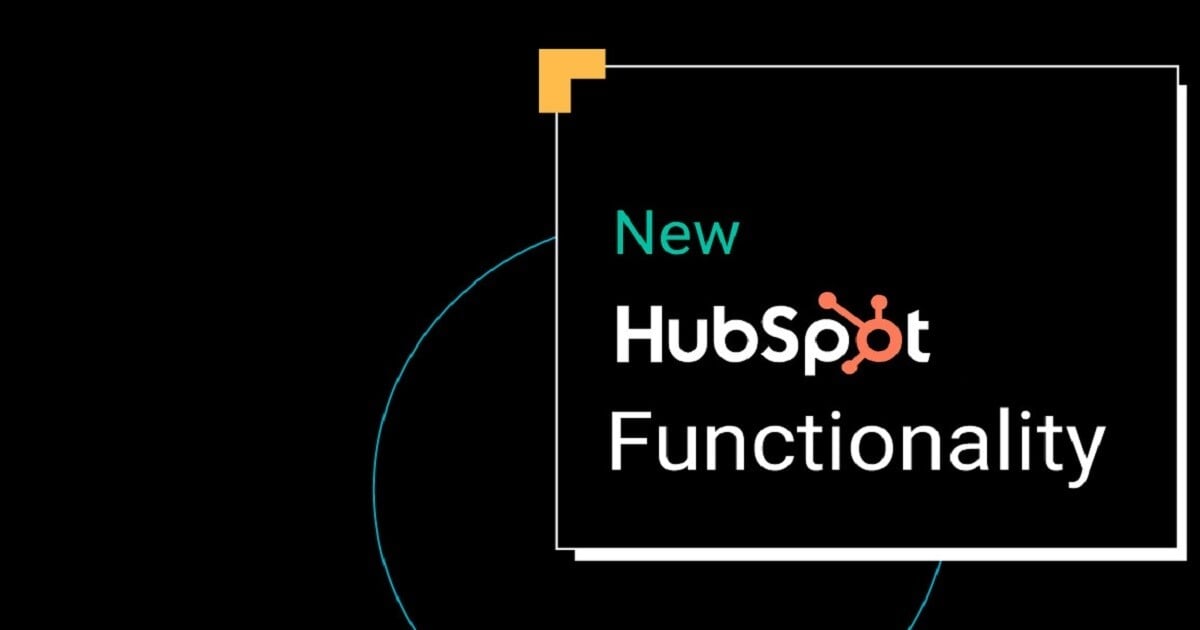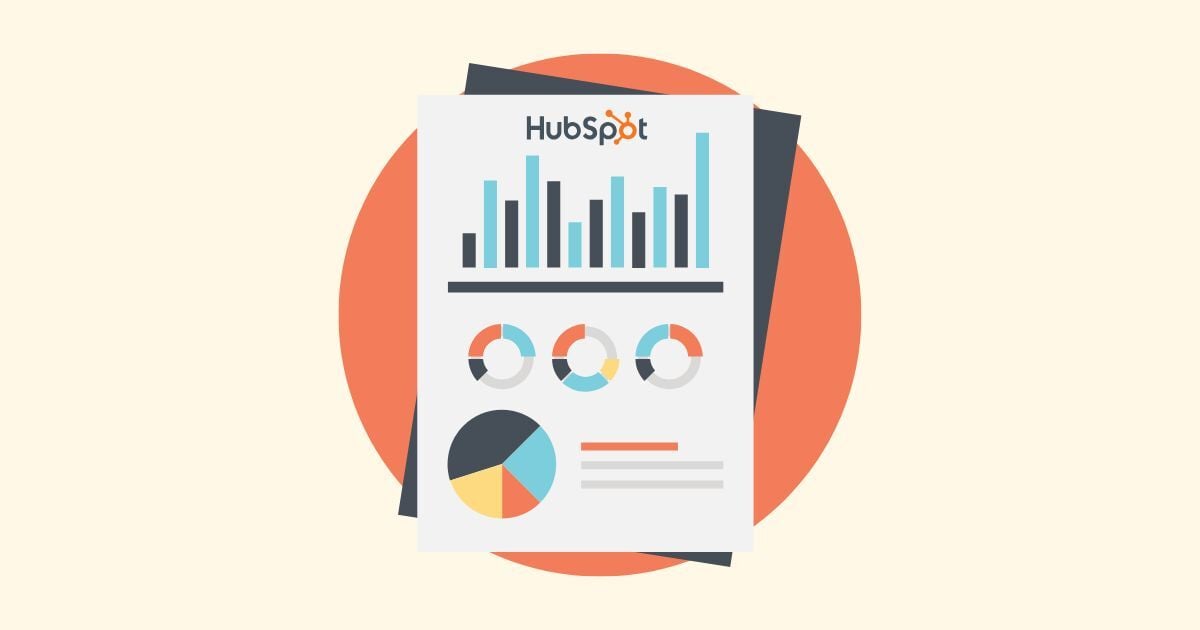
5 Recent HubSpot Changes & What They Mean for You

HubSpot’s latest platform updates are more than just quality-of-life improvements—they’re signals of a CRM that’s growing smarter, more secure, and increasingly aligned with the needs of modern marketing and sales teams. Whether you're running automation, managing users, or refining deal data, these changes can directly impact how efficiently your team works and how effectively you engage with leads and customers.
Let’s take a closer look at what’s new in HubSpot and how to apply it to your business.
1. Streamlined Workflow Creation for Pro Users
If you’ve ever felt overwhelmed by HubSpot’s automation builder, you’re not alone. The newly redesigned workflow creation experience for Pro users addresses that head-on by providing a more intuitive layout and logic-based flow.
What this means for you: It’s now faster and easier to build complex workflows without getting lost in the details. Whether you're setting up lead nurture emails, internal notifications, or custom property updates, the cleaner interface reduces setup time and increases adoption among team members who may not be automation experts.
2. Automatic User Deactivation for Starter Accounts
Managing platform access can be a major security blind spot, especially for lean teams. HubSpot now allows Starter-tier users to automatically deactivate inactive users after 90 days.
Why this matters: This feature helps reduce risk by ensuring that only current employees or active contractors retain access to your data. It’s also a useful tool for maintaining clean user lists—something that’s often overlooked until a security audit or billing cycle forces a closer look.
3. Line Item Reporting Directly in Deal Records
Users can now add detailed line item reports to individual deal records. This lets sales teams go beyond high-level deal tracking and into the specifics of what’s actually being sold.
Why it’s important: This feature is a game-changer for businesses with complex sales—like software, services, or bundled products. It allows for more accurate revenue forecasting, performance comparisons, and product-level reporting, all from within the deal pipeline.
4. Embedded Content Tools for Marketing Starter Users
Starter-tier users now have access to more dynamic popup capabilities, including the ability to embed meeting links, podcast episodes, and countdown timers.
What you can do with it: Imagine launching a campaign where a website visitor sees a popup offering a podcast episode on a relevant topic, with a direct link to book a follow-up consultation—all tied to a real-time countdown for urgency. These small touches can dramatically increase conversions and help Starter-tier marketers punch above their weight.
5. Undo Functionality for Imports and Workflows
Accidentally imported 2,000 duplicate records? Triggered the wrong workflow at scale? HubSpot now offers ways to reverse common missteps!
Why this is a relief: Mistakes happen. Now, they don’t have to be irreversible. The undo capabilities give admins and marketers more confidence to experiment and scale without fearing major cleanup or data loss after a slip-up.
HubSpot’s steady stream of updates reflects a platform maturing alongside its users. These aren’t flashy features—they’re the types of thoughtful changes that remove friction from daily tasks, reduce risk, and unlock smarter ways to manage data and customer relationships.
Take time to explore each of these updates in your own portal. Better yet, share them with your team and discuss how they can support your current workflows and future goals.
If you’d like help applying these features to your HubSpot portal, we’re here to help. Contact us today to explore how these tools can drive better results for your business.
You might also be interested in:
Editor’s Picks


Connect with us to discover how we can help your business grow.
.jpg)
